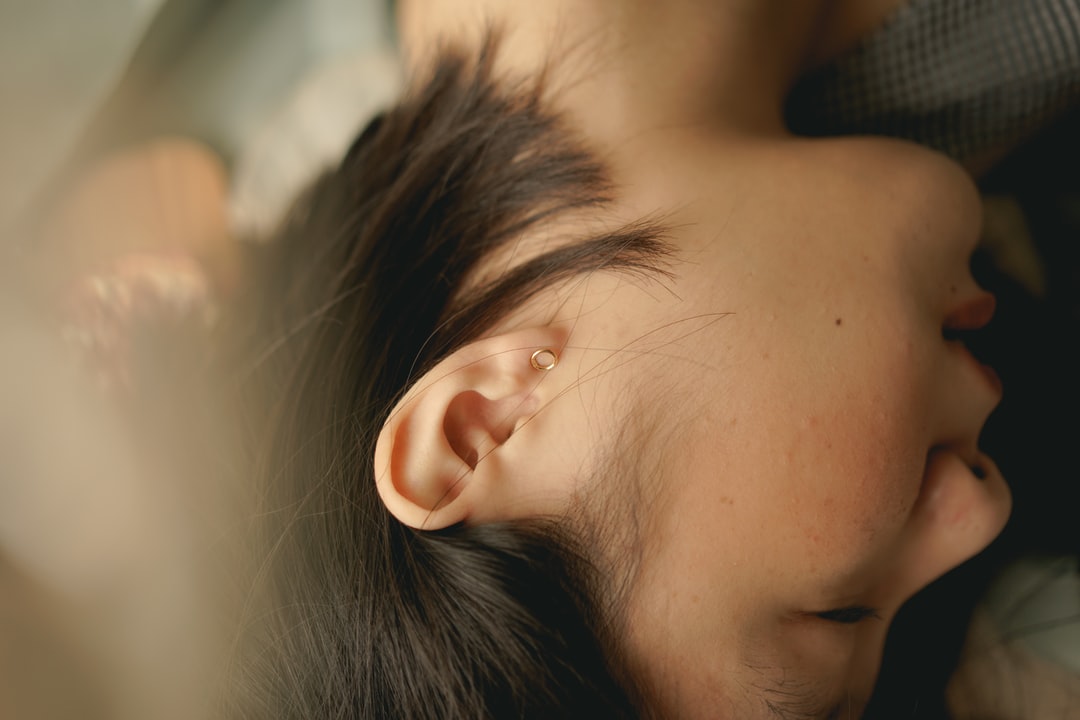|
If you are suffering from hearing loss and are looking for hearing implant solutions, then you are not alone. Millions of Americans have some type of hearing loss and would like to have the option to change how they hear or to receive hearing implants. Because there is such a large population of people with this condition, the market has produced a variety of options that address the needs of all patients. Some of the devices currently available are bifocal hearing aids. Bifocal devices are used for individuals who need to read the text and take notes at the same time. The hearing aids feature two microphones to which a pair of glasses can be added so that the wearer can clearly hear what he or she is reading or listening to. These devices work best when the wearer is facing forward, but some have been modified to also work well when the person is wearing sunglasses. Get approved hearing loss cure or see these types of hearing loss. One of the most common hearing implant devices is the in the canal model. These devices are placed inside the ear canal with the microphone covering one of the outer ear curves and the amplifier powering the speaker units on the inner ear. The drawback to this type of device is that the audiologist must remove some of the skin and cartilage when making the procedure. Another factor driving the in canal model is the chance of infection. Since these devices are placed inside the ear, there is a higher risk of the patient getting an infection or having permanent damage done to his ear canal. One of the reasons why the in canal hearing implant devices have been unsuccessful in the past is because many people, especially those in the aged or with other hearing disorders, are not qualified to have them. For example, a person who has only mild deafness may be able to wear them, but a person with a severe case of deafness will not. There are a variety of reasons for this, such as a person's bone structure not being ideal or the presence of other problems, such as tumors. For these reasons, the market growth of this type of device has been slow. Another issue holding back the growth of hearing implant devices is that many health professionals do not want to subject their patients to the possible side effects. After all, they realize that these devices will help improve quality-of-life. However, there is a concern that these devices may cause more side effects than they cure. For example, silicone has been proven to have a risk of rupturing in patients, which can result in temporary hearing loss. It has also shown signs of causing excessive pressure on the inner ear. With all the proof that cochlear implants can reverse hearing loss, more health professionals are comfortable prescribing them to patients who are suffering from hearing loss. It is very important that before you decide to take advantage of this technology, you talk to your health care professional first. They will be able to determine if your condition qualifies for hearing aids or if you should look into other options. You can read more on this here: https://www.huffpost.com/entry/six-steps-those-with-hear_b_10341168.
0 Comments
Leave a Reply. |
ArchivesCategories |

 RSS Feed
RSS Feed
